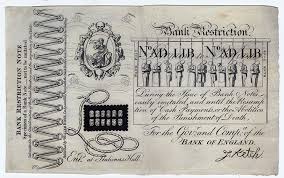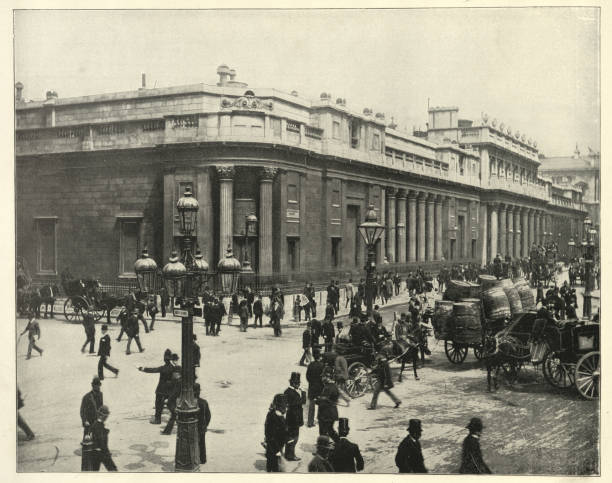The first financial crises: Early risks of gold-backed banking

While gold reserves played a crucial role in stabilizing economies, the early adoption of gold-backed banking was not without risks. The reliance on gold reserves created new financial challenges, such as liquidity shortages, bank runs, and economic downturns when confidence…











